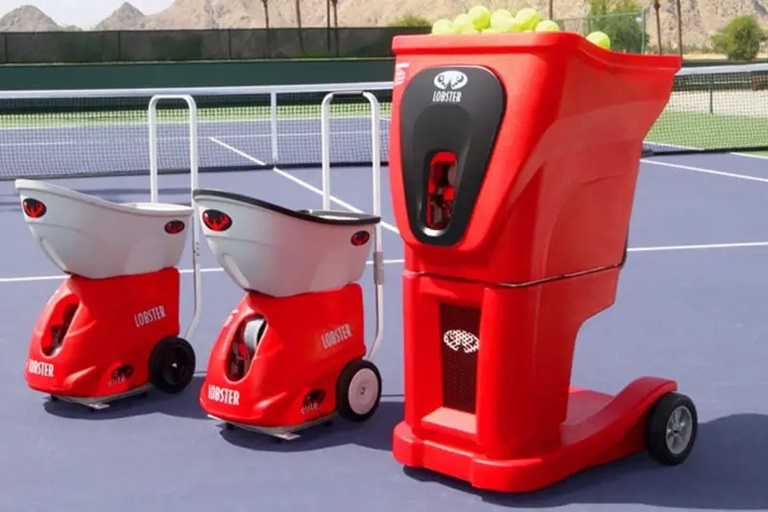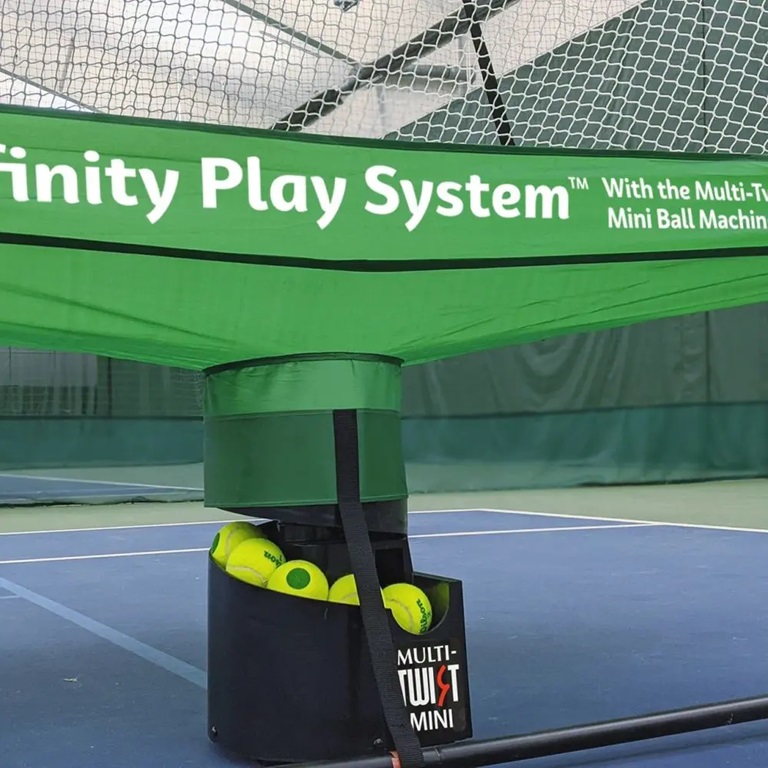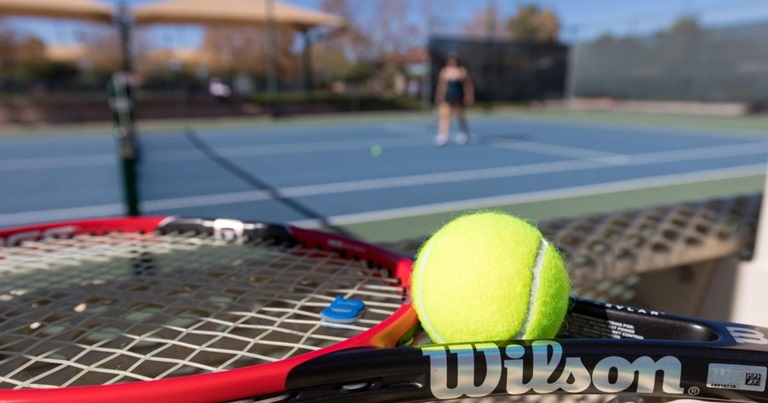Contents
When you first start to learn how to play tennis, you need to make sure you have the right equipment and skills. Getting to know the basics of tennis will help you use more advanced methods and improve your game so that it’s more competitive. The more you practice and hone your skills, the better you will become at mastering the court. With this in mind, there are a few key training tips that will help you develop your skills and ultimately become a better player.
Practice Your Moves With a Specialised Machine

One great thing about having a precise and user-friendly ball machine for tennis practice is that it helps you stay consistent without getting lazy. It’s also great that you have different settings to choose from based on what movements you’d like to work. When you practice with friends, you learn the other person’s style and habits, especially if you train with them every day. Tennis ball machines can be set up in a lot of different ways, so you can make your lessons less predictable and more interesting.
Learning how to play tennis starts with practising the four different strokes, all of which require different movements and techniques. Some have to be made with more power, while others require more finesse. A tennis ball machine can help you practice all of these strokes without having to rely on a partner or coach. This allows you to develop your own style and perfect each stroke at your own pace.
Serve: A serve is a great opportunity for a player to score a tennis point. To do it, you throw the ball into the air and aim for the other player’s service box with an overhand, downward swing.
Volley: You can use the volley best when you are close to the net. To volley, use a light but quick overhead swing when the ball comes into your side of the court.
Forehand: You hit back a shot that is close to your strong side (the side of your body where you hold the racket). To make a forehand stroke, hold the racket with your stronger hand and turn forward to face your opponent. Swing the racket forward while keeping your palm facing them.
Backhand: The front hand is used to hit the ball first, and the backhand blocks it. The main difference is that you use it when you’re returning a ball that is below you. If you want to do a backhand stroke, hold the racket with your stronger arm facing you and swing it to the side.
When you have a ball machine for tennis practice, you can set it up to work on all of these different strokes and practice them over and over again until you perfect your technique. You can also adjust the speed and trajectory of the balls for each stroke, simulating real-game situations and helping you improve your reaction time. And since a ball machine doesn’t get tired or make mistakes like a human partner would, you can keep practising for as long as you want without interruption.
Take Your Time When Serving
A serve that is fast doesn’t always hit the ball as hard or accurately as one that was well-planned. Serve-and-volley players might want to get to the net fast, but if you want to set yourself up for success, you need to practise your technique, don’t rush your serve, and focus on making a good shot.Work on Improving Your Volleying
Some players are better at using the backhand compared to the forehand, but you’ll need to work on both. These skills can both be improved with regular practice, just like any other move.
You’ll also need shoes that help you get from the baseline to the net quickly if serve-and-volley is your favourite way to play. For all-around support and efficient tennis shoes that are light, and have forefoot flexibility and cushioning for well-rounded support and performance. Having the right gear is important in any sport, that’s why many sports stores have a wide range of tennis shoes to choose from.
Think About Your Positioning

Don’t take down-the-line shots. When your opponent serves back, try making it hard for them to do what they want. If you position yourself well on the court, you can make your opponent nervous by making it easy for you to return their serves and hits. Watching how experienced tennis players stand on the court can help you make sure you can hit your next shot with the shortest possible reach.
Learn to Play From the Middle of the Court

Pro tennis players who serve and volley are growing for several reasons. First, you have more time to figure out your opponent’s next move and style of play if you play close to the centre. Then, you can move your shots around when you play from the baseline if you’re up against a serve-and-volley player. This will make them waste more energy, which works in your favour, naturally.
These are the two ways to play tennis from the startWhen you play from the baseline, you can use one of two different strategies, based on how you like to play. You’ll have a better idea of your basic plan once you know how to play to your strengths.
Counter-Punchers
This is the way to play if you are quick and flexible. You have to use your speed to return every ball and make rallies last longer. You’re waiting for your opponent to get mad and make a mistake, like hitting the ball out of bounds or not noticing where they are on the court and leaving a big opening. The more times you manage to do this, the more likely your opponent is to lose their temper and make errors.
Shot-Makers
This is how you should play midrange court if your best skill is making power shots. It’s important to hit hard returns that make the other player run along the boundary. That will make your opponent leave their safe zone. When you play like this, you also have the option to take control of the game by forcing your opponent into making errors. This type of aggressive play can be difficult to maintain for long periods of time, but it can often pay off with quick points and put pressure on your opponent.

